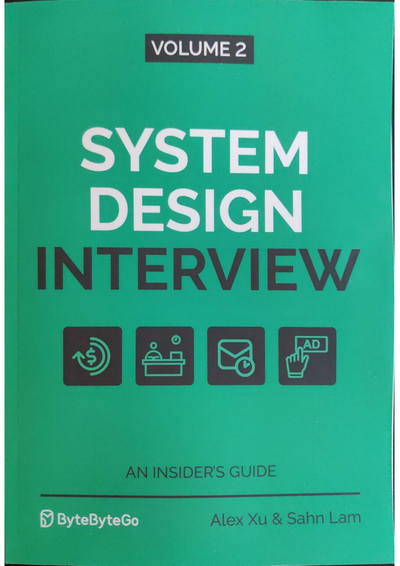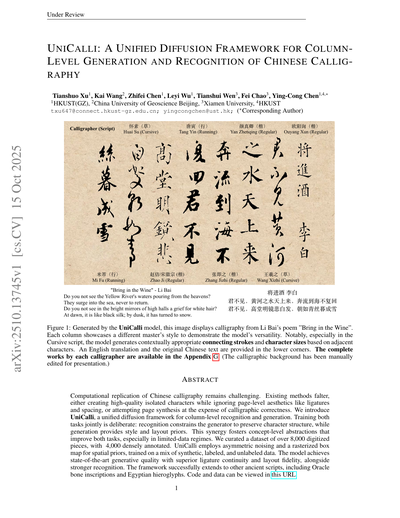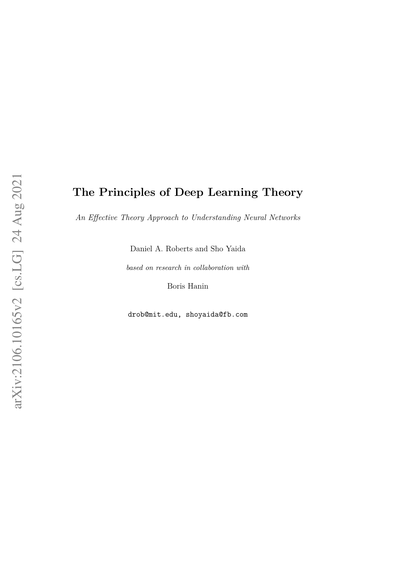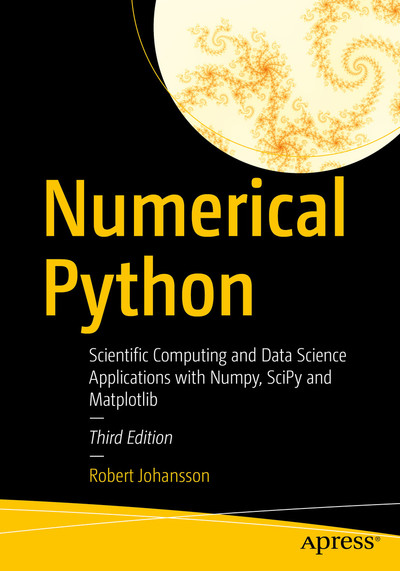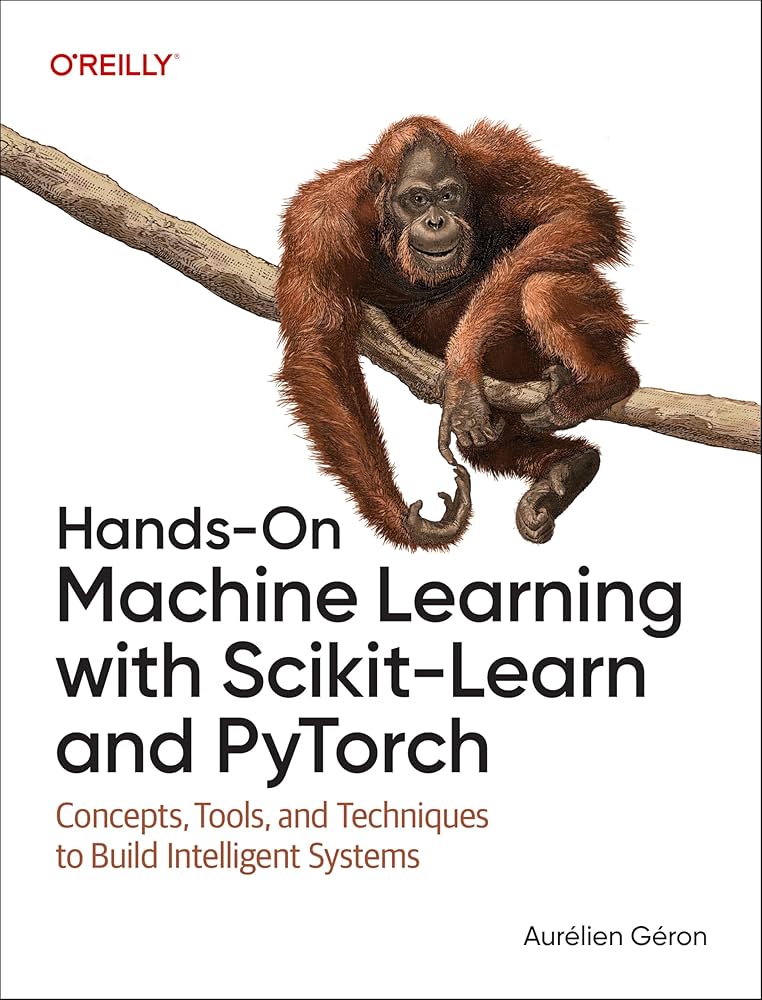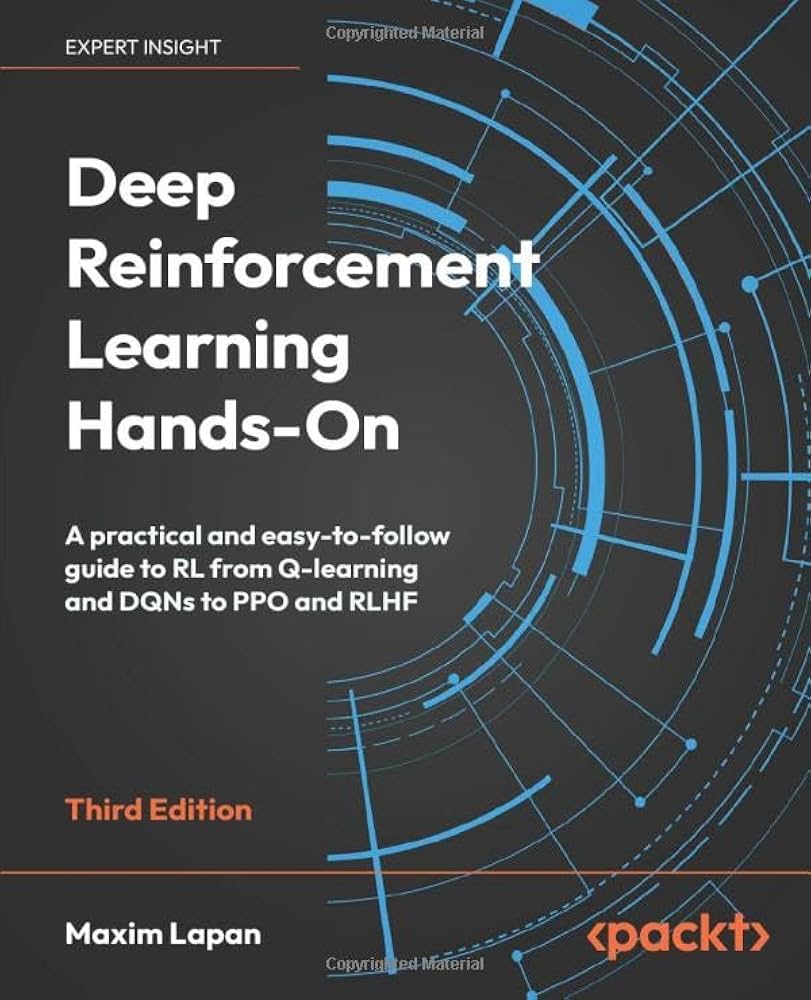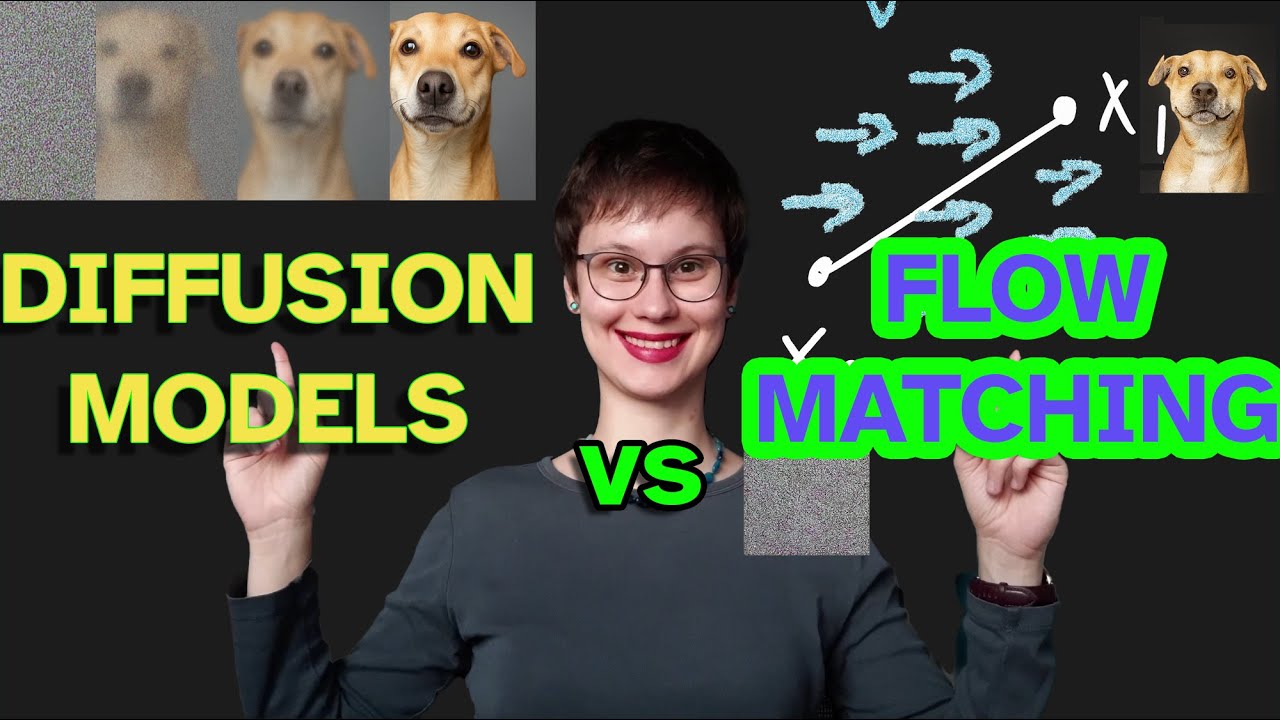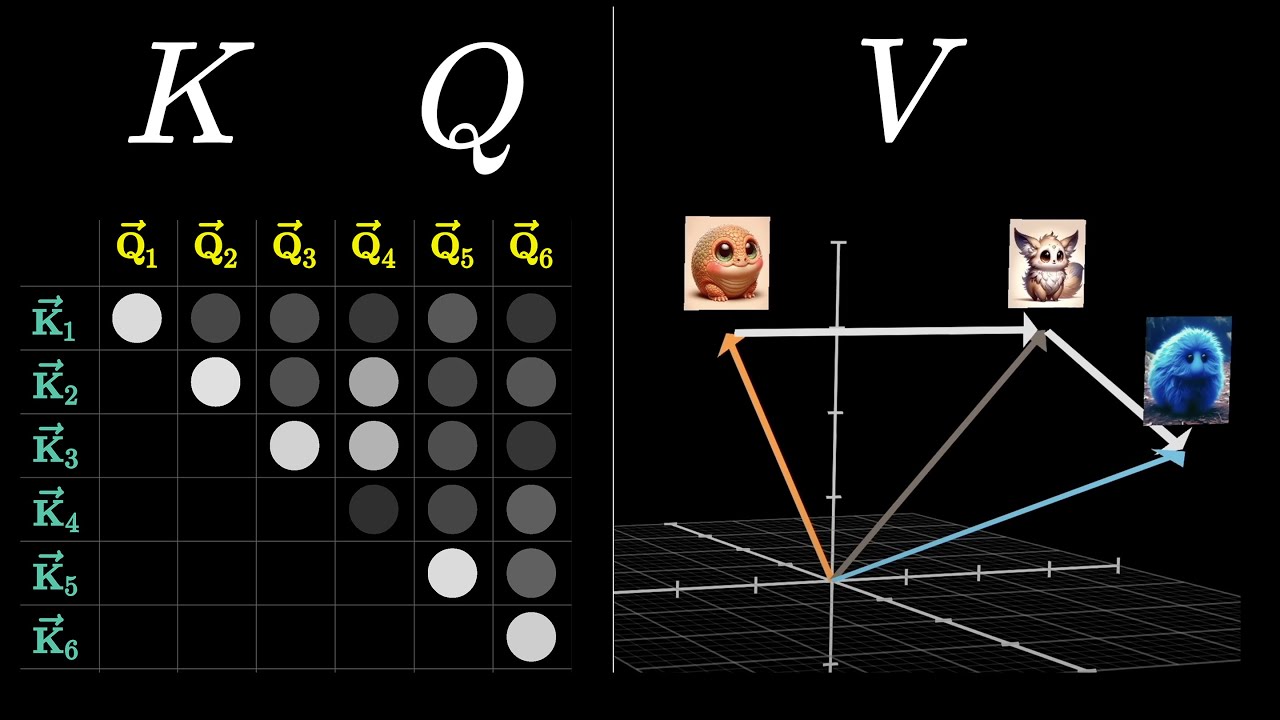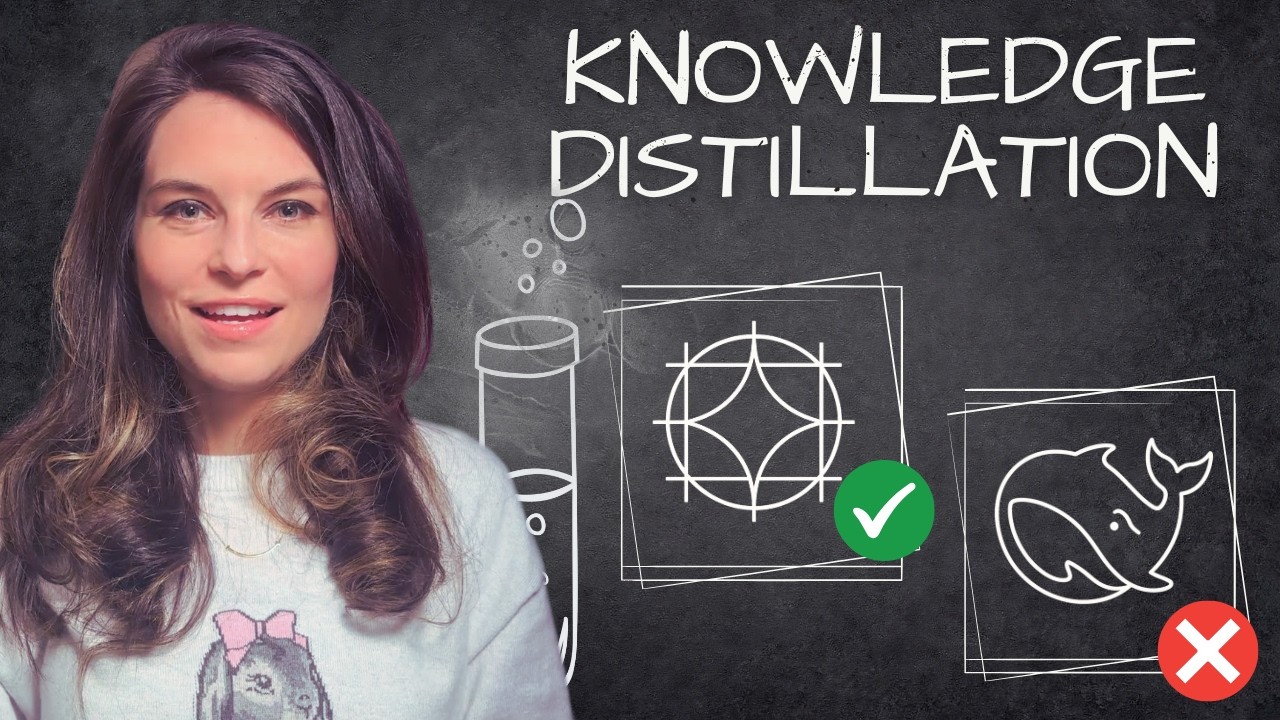
Online Workshop Every Week
Join our free weekly interactive learning sessions.
Master AI/ML with instant feedback and personalized learning
"Cogito, ergo sum" (I think, therefore I am)
— René Descartes

Free Problems
Neural Networks Fundamentals (PDLT)
This problem set covers fundamental concepts from the research paper "2 Neural Networks (PDLT)" focusing on multilayer perceptrons, activation functions, initialization strategies, and the mathematical foundations of neural networks. The problems progress from basic concepts to advanced analytical thinking about neural network theory.
29 pts
Medium
97
neural-networks
artificial-neurons
basic-concepts
+7
Gaussian Integration and Nearly-Gaussian Distributions
This problem set covers key concepts from the research paper "1 Pretraining (PDLT)" focusing on Gaussian integrals, Wick's theorem, connected correlators, and nearly-Gaussian distributions. These mathematical tools form the foundation for understanding the statistical behavior of wide neural networks, where the distributions become nearly Gaussian as the network width increases.
30 pts
Medium
103
gaussian-integrals
normalization
probability-theory
+7
The Principles of Deep Learning Theory - Practice Problems
This problem set explores key concepts from the book "The Principles of Deep Learning Theory," focusing on the theoretical foundations of deep neural networks, the effective theory approach, and the challenges in understanding trained network functions. The problems progress from basic concepts to advanced analytical thinking about neural network theory.
31 pts
Medium
98
deep-learning
neural-networks
theory
+7
Diffusion Language Models: The Next Big Shift in AI
This problem set explores the key concepts from the video "Diffusion Language Models: The Next Big Shift in AI". The video discusses how diffusion models work for language generation, their advantages over auto-regressive models, and their scaling behavior in data-limited scenarios. These problems will test your understanding of diffusion processes, tokenization, latent representations, and the comparative analysis between diffusion and auto-regressive language models.
30 pts
Medium
96
auto-regressive-models
limitations
diffusion-models
+7
DeepSeek-OCR in Gundam Style: Run Locally with Complex Documents
This problem set explores the capabilities and architecture of DeepSeek-OCR (also called DeepSeek VL2), a vision language model designed for optical character recognition and document understanding. Based on the YouTube video demonstration, these questions test your understanding of the model's features, installation process, performance characteristics, and technical innovations.
39 pts
Medium
98
deepseek-ocr
capabilities
document-understanding
+7
DeepSeek-OCR Explained
This problem set explores the key concepts from the "DeepSeek-OCR Explained" video, covering information theory, data compression, tokenization, and the innovative approach DeepSeek used to achieve 10x compression. Test your understanding of how DeepSeek's OCR model sidesteps traditional entropy limits and the implications for AI development.
35 pts
Medium
100
information-theory
entropy
compression-limits
+7
Premium Problems
Knowledge Graphs
USA AI Olympiad
Explore competitive programming and AI contest preparation concepts
Grade 5 Math
Discover elementary mathematics concepts and learning paths
Featured PDFs
View All PDFsSystem Design Interview: An Insider's Guide Volume 2
116 questions
348 pts
System Design Interview: An Insider's Guide
108 questions
317 pts
UNICALLI: A UNIFIED DIFFUSION FRAMEWORK FOR COLUMN-LEVEL GENERATION AND RECOGNITION OF CHINESE CALLIGRAPHY
10 questions
38 pts
The Principles of Deep Learning Theory
107 questions
418 pts
Featured Books
View All BooksAcing the System Design Interview
153 questions
456 pts
Numerical Python: Scientific Computing and Data Science Applications with Numpy, SciPy and Matplotlib
190 questions
543 pts
Hands-On Machine Learning with Scikit-Learn and PyTorch
200 questions
554 pts
Deep Reinforcement Learning Hands-On - Third Edition
222 questions
720 pts
Featured Videos
View All VideosFlow-Matching vs Diffusion Models explained side by side
10 questions
29 pts
Attention in transformers, step-by-step | Deep Learning Chapter 6
10 questions
30 pts
Knowledge Distillation: How LLMs train each other
10 questions
27 pts
Diffusion Model
10 questions
32 pts
Popular Topics
machine learning
56
deep learning
40
neural networks
35
reinforcement learning
33
system-design
28
grade5
27
optimization
14
large language models
13
attention mechanisms
13
combinatorics
13
system-architecture
13
natural language processing
12
aime problems
12
Number Sense
12
scalability
11
beginner
10
number theory
10
performance
10
transformers
9
capacity-planning
9
Click on any tag to filter problems by that topic
